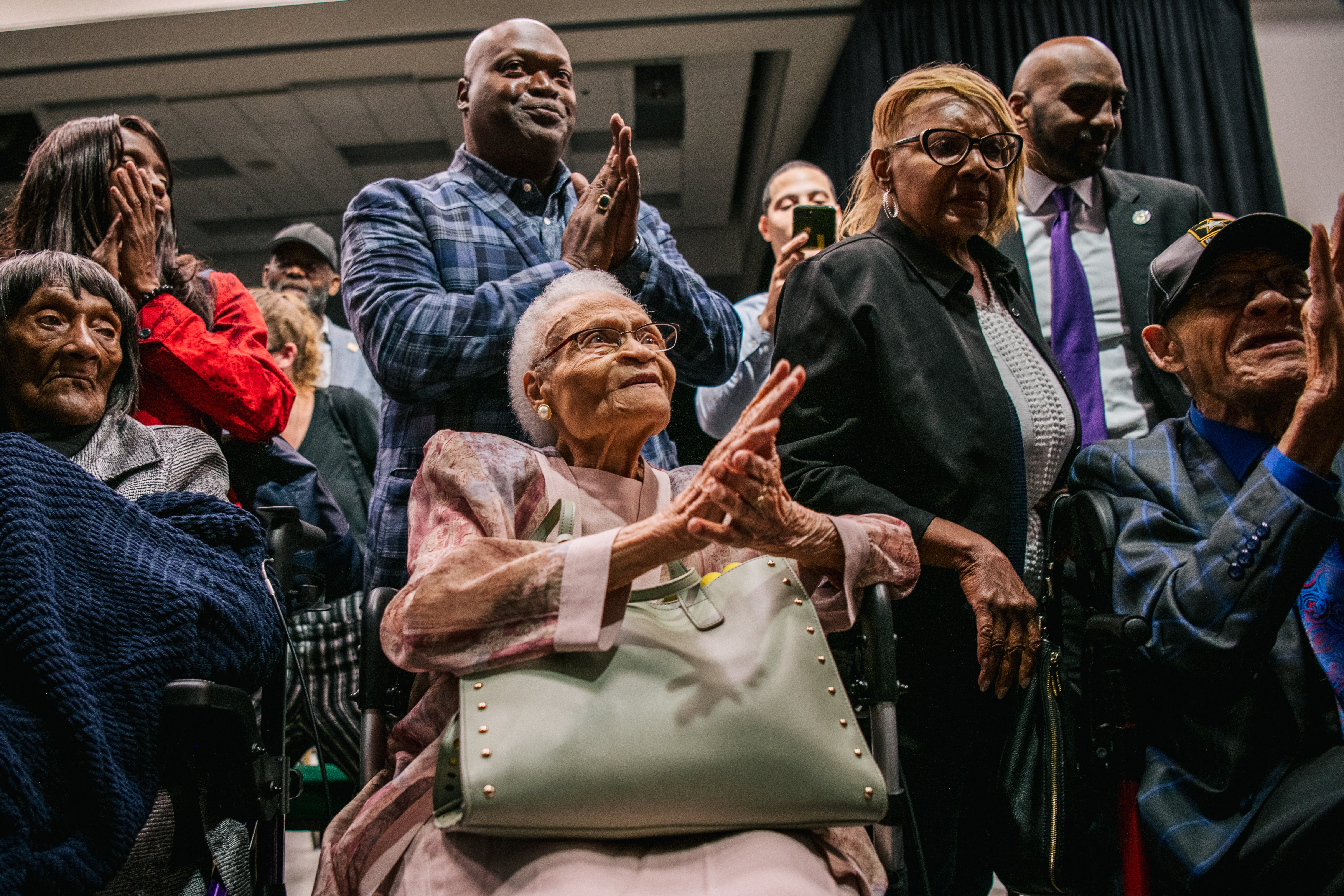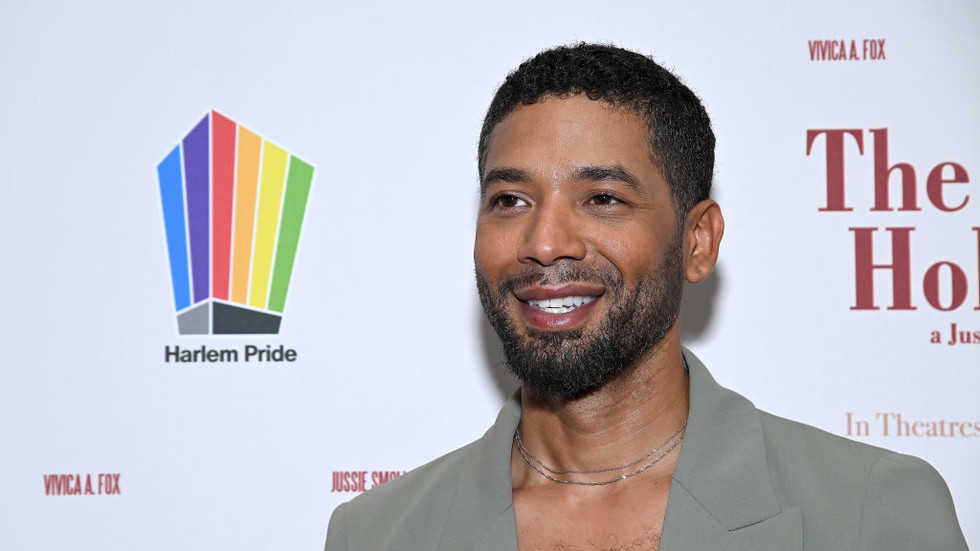
The latest headlines from our reporters across the US sent straight to your inbox each weekday
Your briefing on the latest headlines from across the US
Oklahoma’s highest court has rejected a decades-in-the-making lawsuit from a racist massacre’s two remaining survivors demanding justice in its ongoing aftermath.
More than 100 years after a white mob destroyed a bustling Black neighborhood, killed dozens of people and left hundreds of others homeless, the Oklahoma Supreme Court upheld a lower court’s decision to dismiss a lawsuit from two survivors.
The lawsuit from Lessie Benningfield Randle, 109, and Viola Ford Fletcher, 110 – who were small children in the attack – continued on even after the death of Fletcher’s brother, Hughes Van Ellis, who died at 102 last year.
On May 31, 1921, in Tulsa’s thriving “Black Wall Street” of Greenwood, an armed white mob deputized by law enforcement fired indiscriminately on Black Americans in the street.
According to witness accounts and limited news coverage of the attack, planes dropped flaming turpentine-soaked rags and dynamite, and the bodies of Black victims were thrown into the Arkansas River or into mass graves. Survivors were rounded up at gunpoint and detained in internment camps.
The mob torched and looted homes and businesses, including restaurants, hotels, theaters, and a newspaper’s office. A truck mounted with a machine gun fired on Mount Zion Baptist Church before it was burned to the ground.
No one was ever charged with a crime.

A lawsuit, targeting Oklahoma’s public nuisance law, argued that the massacre’s impact continues to be felt decades later in the city’s enduring racial disparities, economic inequalities and trauma among survivors and their descendants.
This is a developing story

 5 months ago
35
5 months ago
35








